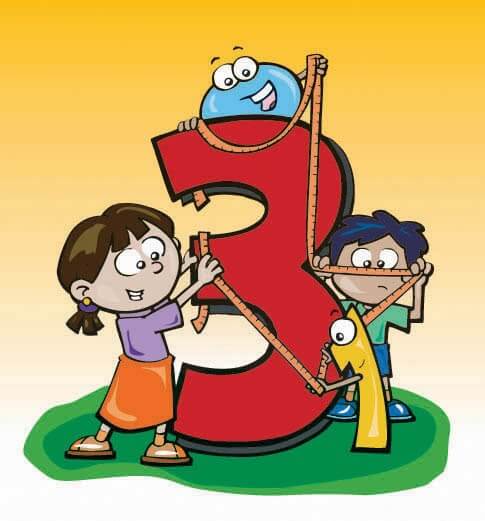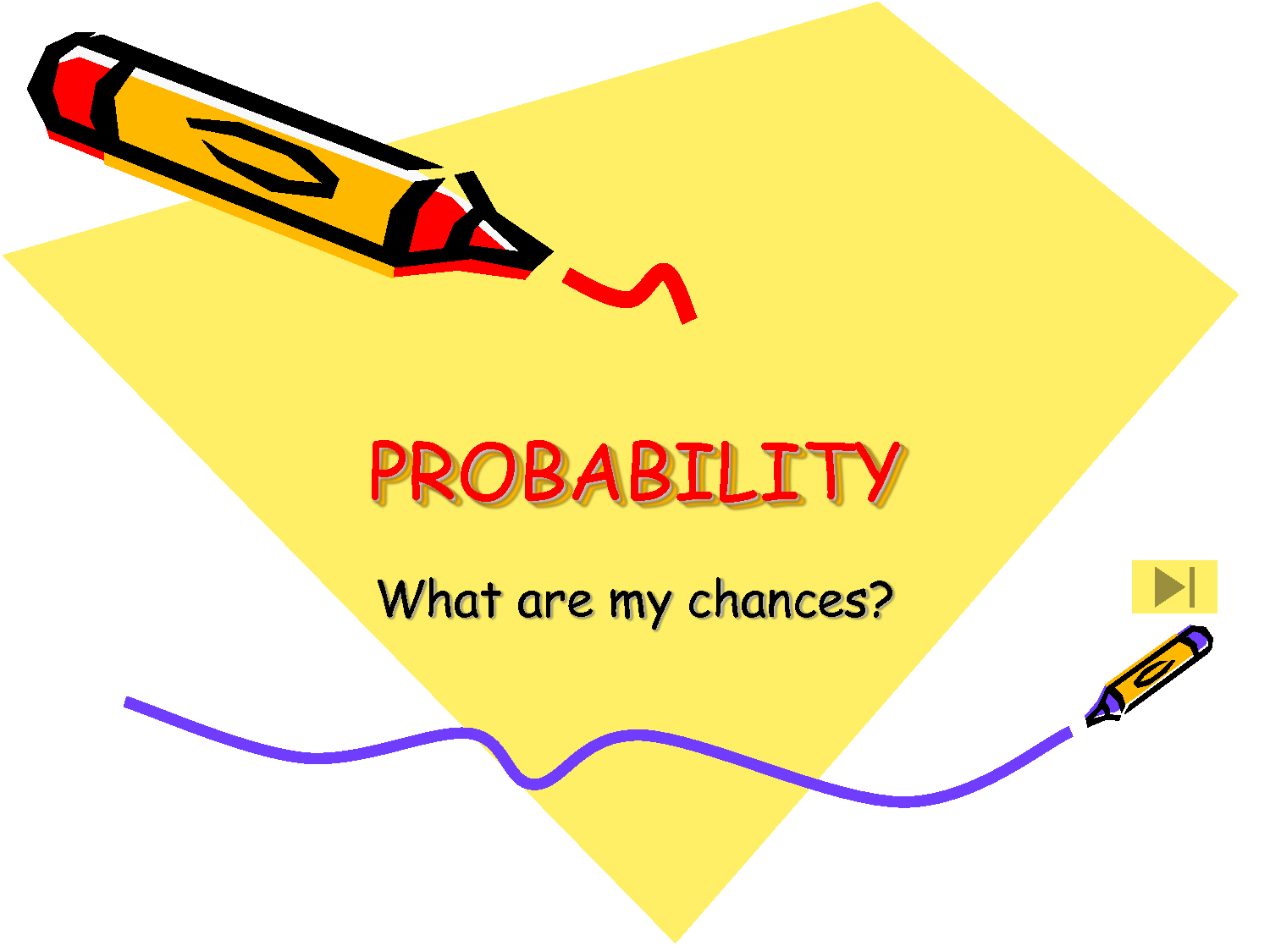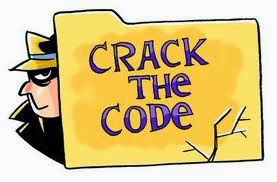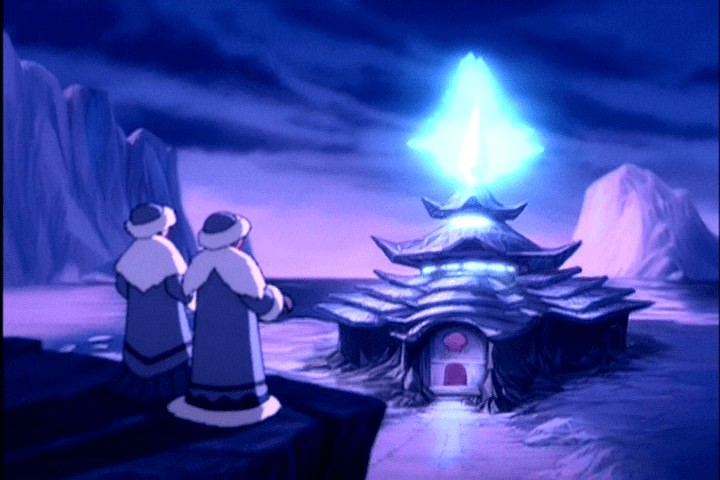Five students - Adam, Cabe, Justin, Michael and Vince appeared for a competitive exam. There were total five questions asked from them from which were multiple choice questions (a, b or c) and three were true/false questions. Their answers are given as follows:
Name I II III IV V
Cabe c b True True False
Adam c c True True True
Justin a c False True True
Michael b a True True False
Vince a b True False True
Also, no two students got the same number of correct answers. Can you tell the correct answer? Also, what are their individual score?
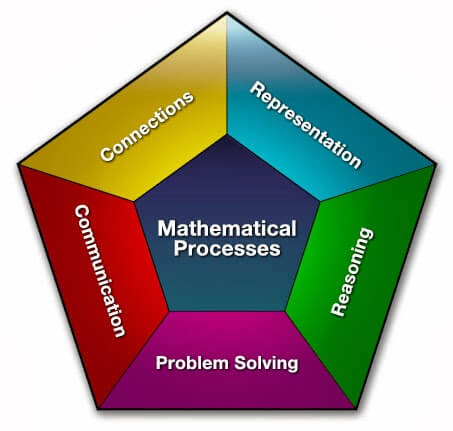
The correct answers are b, a, True, False and False. Also, the scores are Justin (0), Adam (1), Cabe (2), Vince (3) and Michael (4).
Since no two students were able to answer the exact number of correct answers, there can be only two possibilities
1) 1 + 2 +3 + 4 + 5 = 15
2) 0 + 1 + 2 + 3 + 4 = 10
Now let us determine the maximum number of correct answers possible through the answers they gave.
For Question I = 2 (b or c)
For Question II = 2 (b or c)
For Question III = 4 (True)
For Question IV = 4 (True)
For Question V = 3 (True)
Now we know that the maximum number of correct answers possible are 15 (2+2+4+4+3) according to which, Adam would have given all correct answers as only he answered True for questions III, IV and V. But then Cabe and Justin would have given exactly 3 correct answers. And also, Michael and Vince would have given 2 correct answers. Therefore none of them got all the five correct answers. Thus this assumption is wrong.
The total number of correct answers therefore are 10 (0+1+2+3+4). Both Questions III and IV cannot be False as in that case, the number of correct answers would not be 10. So the student who got all wrong answers cannot be Cabe, Adam and Michael.
Suppose if Vince got all wrong, then Cabe, Justin and Michael each would have at least 2 correct answers. Thus, Adam would have to be the student with only one correct answer and in that case, the correct answers for questions I and II would be a and a respectively. But that is not possible as then the total number of correct answers would be 1 (a) + 1 (a) + 1 (False) + 4 (True) + 2 (Flase) = 9.
Thus it is Justin who has given all wrong answers. The correct answers are b, a, True, False and False. Also, the scores are Justin (0), Adam (1), Cabe (2), Vince (3) and Michael (4).



